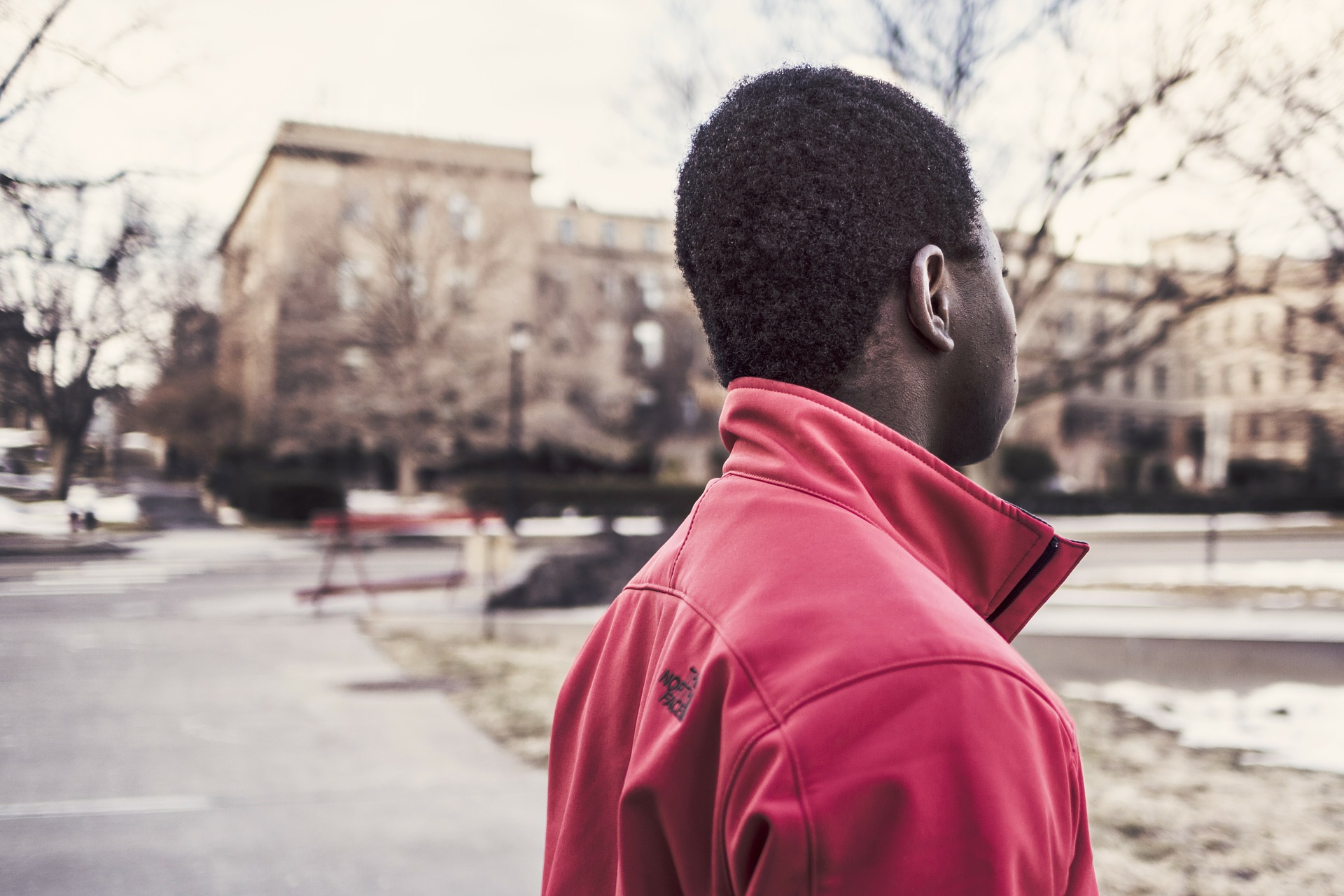Researchers at the San Francisco Estuary Institute (SFEI) and The Nature Conservancy (TNC) have authored a new study, published in Nature Sustainability, showing that communities of colour have both higher burdens of COVID-19 and less greenery in their neighbourhoods. Even after controlling for race, income, and a host of other factors, they found higher levels of urban nature to be associated with lower levels of COVID-19.
“Our paper shows a stark example of how the COVID-19 pandemic can exacerbate existing inequity. The inequality in nature in US cities has been shown to have many health effects, and now it looks like it also had significant health implications during the COVID-19 pandemic.”
– Erica Spotswood, Lead Scientist for the Urban Nature Lab, SFEI
The COVID-19 pandemic has brought the benefits of urban nature into sharp focus, with trees, greenways and parks serving to reduce stress and facilitate safe recreation. Urban nature, however, tends to be distributed unevenly along lines of affluence with low-income communities of colour being systematically underserved. These communities are also among the hardest hit by COVID-19.
Using the largest available dataset, covering 485 urbanised areas in the United States, the authors found such social inequity to be widespread across the country. The study is the very first to quantify the relationship of nature exposure with COVID-19 case rates.
Neighbourhoods with higher levels of urban greenery (trees and other vegetation) were found to have a lower incidence of COVID-19. One might attribute this to the fact that minority and low-income neighbourhoods tend to be less green i.e., there is an indirect relationship between urban greenery and COVID-19 rates. However, the conjecture held true even after controlling for race, income and a host of other factors: “An increase of 0.1 in Normalized Difference Vegetation Index (NDVI), a common measure of greenness, was associated with a 4.1% decrease in COVID-19 incidence rates.”
The implies the existence of a direct relationship between higher nature exposure and lower COVID-19 rates. The authors speculated that it may be due to physiological responses: nature exposure reduces stress levels and thereby increases immune system function, warding off COVID-19.
“Communities of color faced a double-burden during the COVID-19 pandemic: greater COVID-19 case rates, which made social distancing more essential, and less nature nearby to ease the mental strain of social distancing.”
Rob McDonald, Lead Scientist for Nature-based Solutions, TNC
The findings give credence to the ‘One Health’ agenda while making a powerful environmental justice case for increaseded investment in urban nature.
Paper: Spotswood, E.N., Benjamin, M., Stoneburner, L. et al. Nature inequity and higher COVID-19 case rates in less-green neighbourhoods in the United States. Nat Sustain (2021). https://doi.org/10.1038/s41893-021-00781-9
